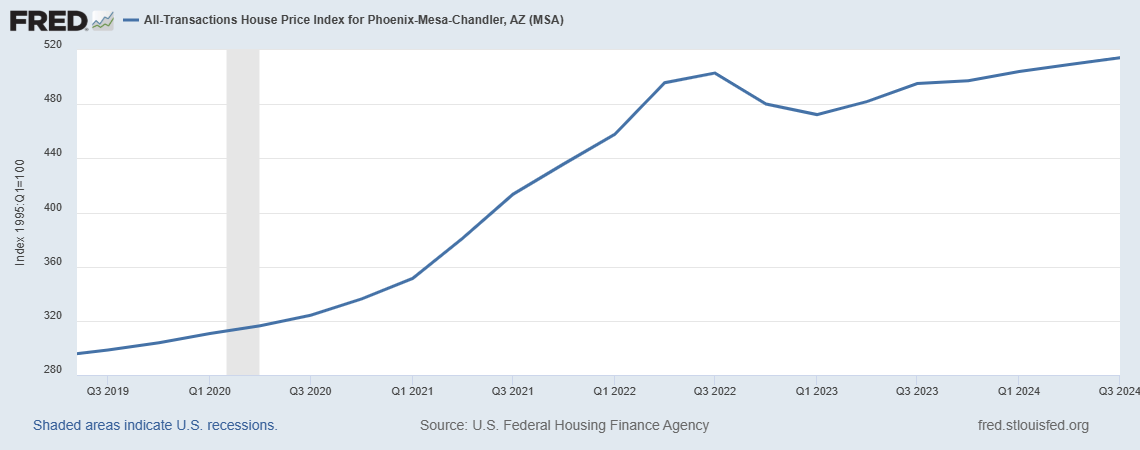The federal funds rate, also called the effective fed funds rate, is the average interest rate banks pay for overnight borrowing in the federal funds market.
This rate is the most significant interest rate in the world. It affects the U.S. dollar and, therefore, global trade. It also influences other interest rates, such as those on credit cards, mortgages, and bank loans.
The Federal Reserve sets a target range for the federal funds rate and defines its upper and lower limits.
How Fed Funds Work
The Fed previously required banks to maintain a percentage of their deposits as reserves overnight. These reserves are known as federal funds.
Maintaining federal funds guaranteed that banks had enough cash on hand to begin each business day. It also kept them from lending out all of their assets.
However, the Fed cut the reserve requirement ratio to 0% on March 26, 2020, to help alleviate the economic impact of the Covid-19 pandemic.
Despite the elimination of the reserve requirement, banks can still keep reserves for other banks to borrow from. The Fed pays them interest on these reserves.
If a bank runs out of funds at the end of the day, it can draw from the reserve of another bank.
The fed funds rate, which measures the interest rate banks charge each other for overnight loans, facilitates this borrowing among banks.
Rates Influenced by the Fed Funds Rate
The prime rate is one of the most important rates the fed funds rate affects. That is the rate of interest that banks usually charge their best customers.
The prime rate influences consumer interest rates like bank loans, credit cards, and adjustable-rate mortgages. Additionally, it indirectly affects longer-term interest rates, including conventional mortgage rates driven by Treasury note yields.
How the Fed Manages the Economy Using Interest Rates
The Federal Reserve can decrease, maintain, or increase the fed funds rate. It does this to manage inflation, promote employment, and maintain moderate interest rates.
When the Fed reduces the fed funds rate, it stimulates the economy by lowering interest rates on auto loans, student loans, and credit cards. The result is increased consumer expenditure, the creation of jobs, and higher market demand.
The rate reduction also reduces the cost of adjustable-rate mortgages, enhancing the housing market.
Conversely, when the Fed increases the fed funds rate, it slows down the economy by making loans more expensive. This contractionary measure reduces borrowing, raises costs for adjustable-rate mortgages, decreases housing affordability, and lowers consumer spending.
Note: Between 1981 and 1982, the fed funds rate peaked at almost 20%. Fed Chair Paul Volcker used this rate to fight double-digit inflation.
Understanding the fed funds rate is crucial for investors and analysts. Monthly FOMC meetings provide insights into the Fed's actions, helping investors plan their strategies accordingly.
If you are a homebuyer or a homeowner considering selling your home, being aware of the fed funds rate could help you make confident decisions.
Note: The Fed kept the fed funds rate at 5.50% at its latest FOMC meeting on September 20, 2023. The Fed warned that it would raise rates again later this year if inflation doesn't return to the Fed's target of 2%. The Fed estimates that core inflation will be 3.7% by the end of 2023. This makes it more likely that the Fed will raise rates again at its November 1 or December 13 meetings.




